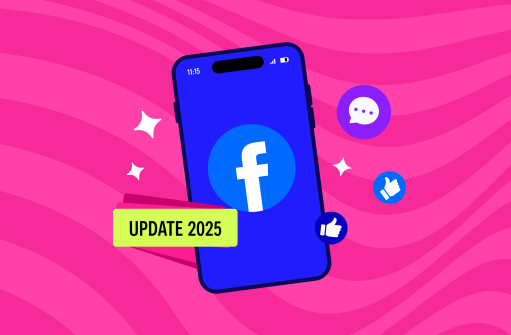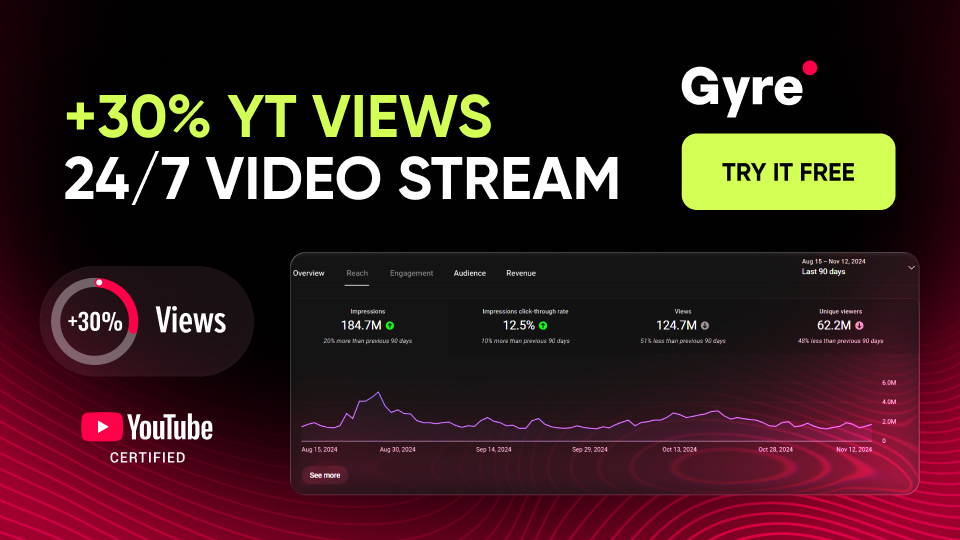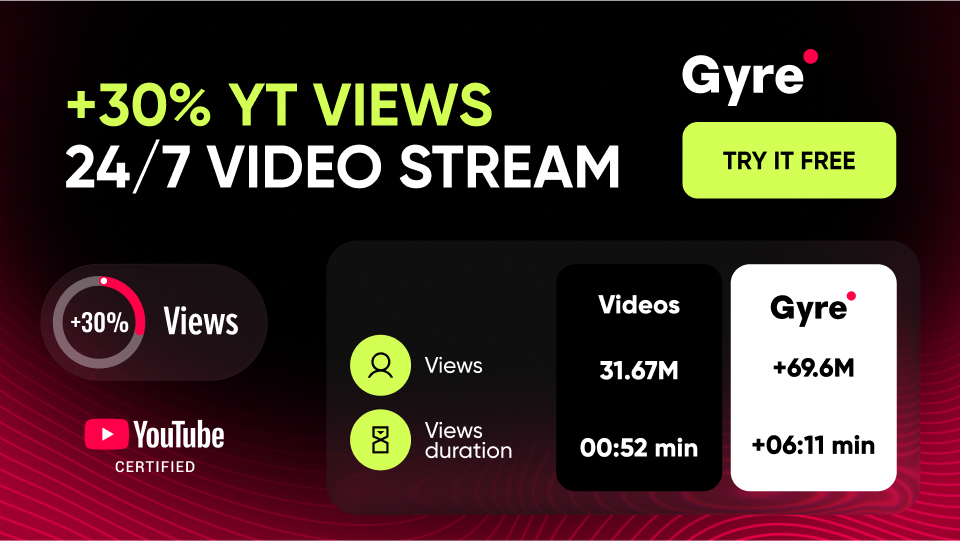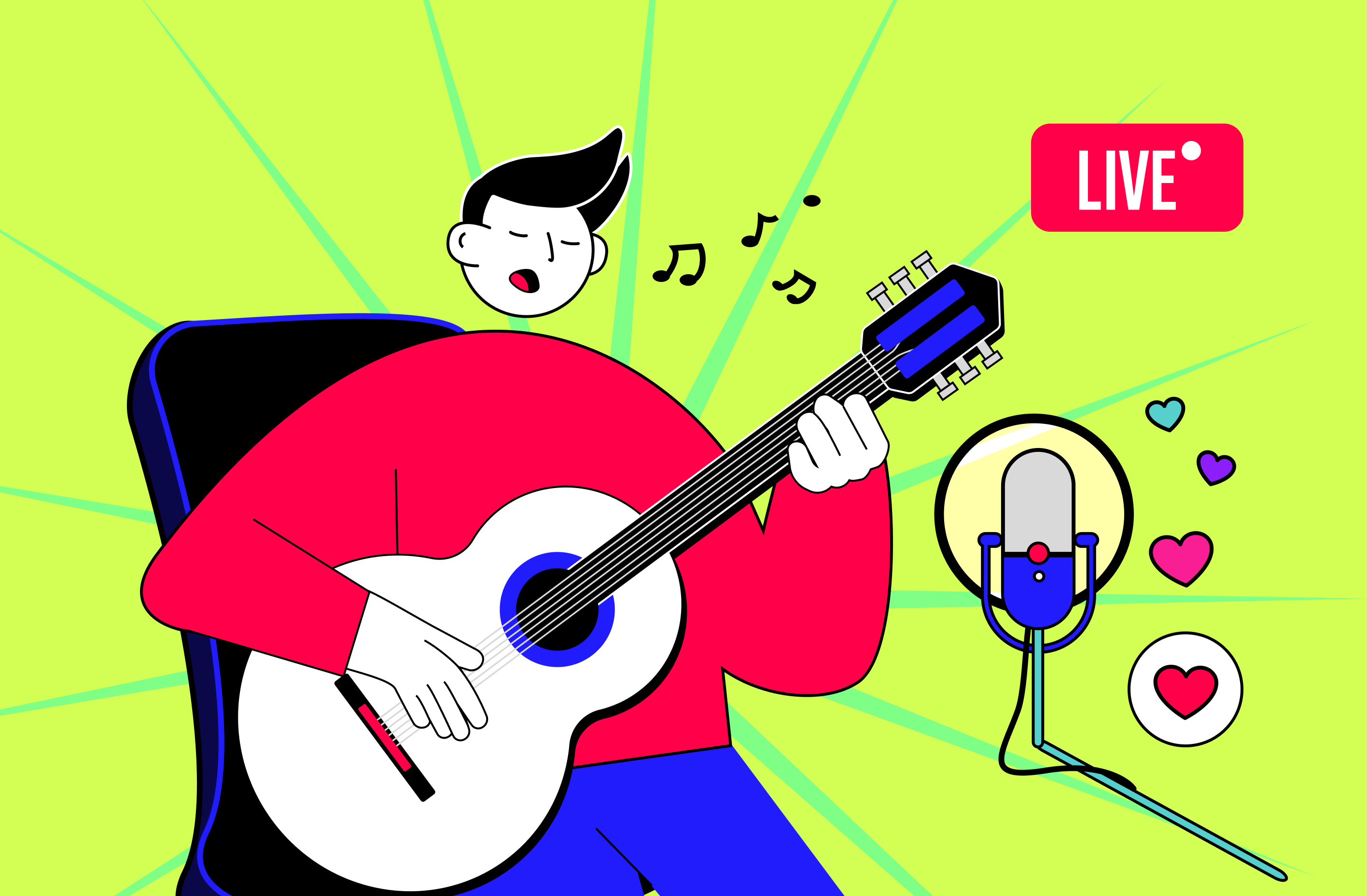What’s Changing in Facebook’s Algorithm for 2025?
Every year, the Facebook algorithm continues to improve, tailoring to each user's preferences. However, the way this tailoring happens can directly affect the choice of promotion strategy, both for bloggers and those who have commercial pages on the platform. So, before we share tips for beating the Facebook algorithm, let’s find out how it works in general.
Authentic Engagement Takes the Lead
Today, Facebook is more than ever inclined to content that promotes real interaction between users. Thus, publications that provoke discussions and active comments are more widely distributed, while content without engagement may lose out on Facebook reach.
So, one of the most effective techniques for ensuring Facebook engagement is to create incentives for the audience to interact – this can be covering topical issues, creating polls and quizzes, and anything else that implies interactivity. That is, the more time the user spends on your post/story/reel, the better – that's the whole secret.
How Facebook Calculates Relevance Score in 2025
The FB algorithm analyzes each post to determine its relevance for each individual user. To do this, it uses various signals, such as the regularity of this user's interaction with content on a similar topic before, as well as the total viewing time of similar publications, Facebook organic reach, SEO metrics, etc. The higher this score, the greater the chance that such a publication will end up in this user's feed.
At the same time, content with a high score will alternate with other types of content so as not to “tire” the user with monotonous publications.
AI Now Powers What You See — Here’s How
Artificial intelligence, which in the case of FB has more than 100 forecasting models, plays a leading role in selecting publications for the preferences and interests of a specific user. Actually, this is how they get the opportunity to see posts from unfamiliar pages and groups.
Moreover, AI helps the platform gradually abandon hyper-personalization. This is especially important for advertising publications, whose creators must now increasingly focus on their value and interest for the viewer rather than a perform audience targeting on Facebook.
Why a Variety of Content Is Your Best Strategy
Finally, the FB team has repeatedly stated over the past year that the latest algorithm updates “love” a variety of publication formats (that is, these should be text publications, posts with images, Reels, and Stories) because this is how users get the opportunity to get the richest experience of interacting with the platform.
It is also worth noting that, in addition to Reels (the most popular publication format), the algorithms will also begin to value content based on augmented reality. For now, these are just predictions, but if you are developing a long-term Facebook content strategy, this upcoming trend should definitely not be discounted.
Breaking Down How the 2025 Facebook Algorithm Works
Meta is one of the pioneers in using AI models that are self-learned and optimized over time to find interesting and relevant content for each individual user. But what does this mean in practice? Therefore, let's find out how to create Facebook engagement posts right now.
Feed Algorithm: What Decides What’s on Your Timeline
FB Feed algorithm relies on content from people, brands, and groups that a specific user follows, as well as relevant ads and recommendations based on his or her previous activity on the platform. However, before showing a new post to this user, Facebook's algorithm also checks hundreds of thousands of signals (including the post’s author, post scheduling, etc.) to predict whether he or she will be interested in it or not.
It also takes into account a relevance score, which is calculated based on predictors such as the likelihood of a click, the likelihood that a user will spend enough time on a particular post, the likelihood that this post will be informative, etc. To make this score transparent, the algorithm also considers the likelihood of a post being clickbait, as well as whether it leads to a suspicious web page (in the case of ads).
The possibilities to optimize content to the user's individual preferences don't end there – the platform provides users the ability to customize what they see there through features such as managing favorites, prioritizing fresh content, excluding unwanted posts, managing the frequency of posts on a specific topic, unsubscribing/resubscribing, limiting content from a specific account, and complaining to a specific post.
Therefore, to boost Facebook organic reach, you must take into account all these nuances, including choosing the best time to post on Facebook.
How Facebook Reels Are Ranked in 2025
In general, the Reels algorithm is identical to the one that guides the feed – when ensuring Facebook post visibility, it takes into account subscriptions, previously viewed content, signals, and predictions. At the same time, its signals are somewhat different – in particular, they determine the likelihood of whether the user will want to open the video on full screen/watch it to the end/share it on WhatsApp/look for similar content, etc. At the same time, the algorithm evaluates not only the type of video but also the accounts to which it belongs.
The recommendation for tailoring your videos to the Facebook Reels algorithm is quite universal: you just need to create high-quality and original content on Facebook, that is, the one that will be interesting, trendy, and make a user watch the video to the end. By the way, the tools built into the platform, such as text overlay, filters, and other effects, vertical shooting, high video resolution, as well as high-quality lighting and editing, can contribute to this. At the same time, you should avoid posting videos with blurry watermarks (especially if they are uploaded from other platforms), videos with frames around them, and videos in landscape orientation.
The Secrets Behind Facebook Stories Visibility
As for Facebook changes for the Stories algorithm, it is similar to those we described earlier. However, there are still some small differences – for example, the AI in Facebook algorithm analyzes stories published in the last 24 hours and removes those that violate its Community Standards. It also offers users stories that are most likely to get your reaction, excluding the rest from the list. Finally, this algorithm receives individual recommendations based on personal user settings, as well as complaints, shares, and unsubscribes.
If we are talking about sharpening your Stories for the Facebook Stories algorithm, there are special preferences here, too: they must have a portrait orientation, use built-in templates for Stories, and also contain a CTA to increase your viewers' desire to comment for better reach.







